Our South Korea SWOT analysis uncovers the country's strengths, weaknesses, opportunities, and threats, to gain insights into its economic, cultural, and technological landscape.
If you're a fan of the infectious beats of K-pop or the captivating narratives of K-dramas, then today's article is a must-read. We're diving into the cultural and technological powerhouse, a country that has ascended to the summit of the global stage in recent years.
You know, when it comes to keeping up with the latest gadgets and tech wizardry, this country is definitely one of the cool kids on the block. And hey, their entertainment scene? It's not just huge, it's like, breaking records left and right in terms of viewership. They've really got the whole world tuning in!
Yes, you guessed it right! We are talking about South Korea. In today's article, we will conduct the South Korea SWOT Analysis to see what external and internal factors impact the operations of South Korea.
Earlier, we conducted the PESTLE Analysis of South Korea. However, this article will highlight the strengths, weaknesses, opportunities, and threats faced by South Korea.
Before we proceed further, we need to know the history of South Korea, such as when the country gained its independence and how it evolved over the years.
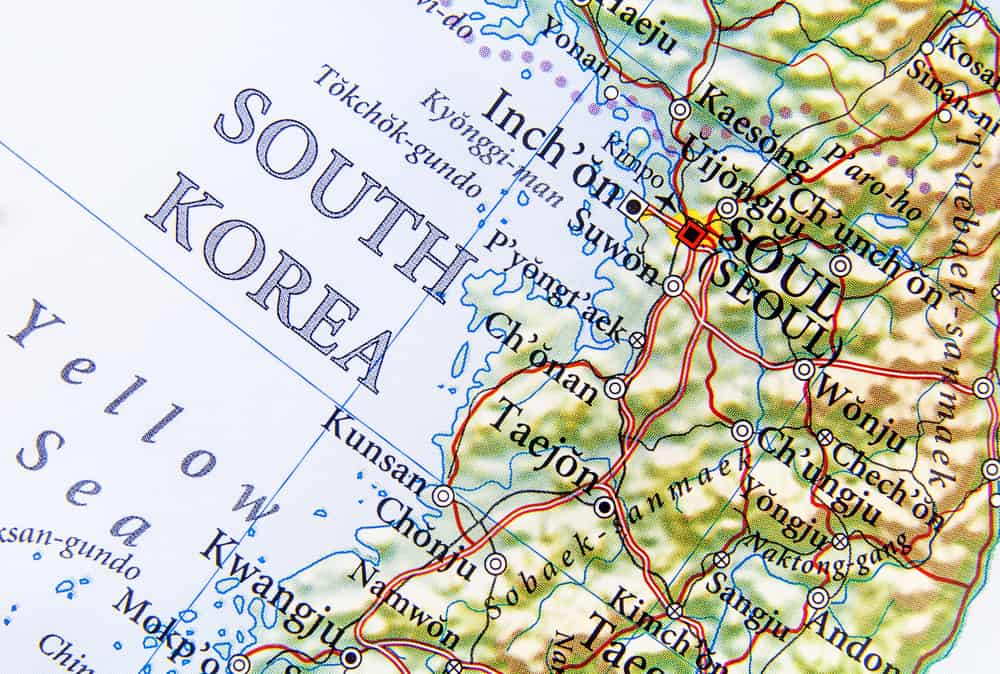
The roots of South Korea can be traced back to the prehistoric era. It is said that one of the earliest kingdoms of Korea, Gojoseon, was established in 2333 BC. Over six centuries, three kingdoms ruled Korea.
After the Gojoseon Kingdom, the Silla Kingdom and the Goryeo Kingdom ruled Korea till the 14th century. At the end of the 14th century, the Joseon dynasty was founded by General Yi Seong-gye.
The Joseon Dynasty ruled from the 14th century till the 20th century. It contributed a lot to the Korean culture and heritage. Under the rule of the Joseon Dynasty, development in literature, arts, and science took place.
By the end of the 19th century, Japanese influence increased in Korea. Japan started putting pressure on Korea and finally annexed Korea in 1910. The brutal occupation of Korea lasted till 1945.
At the time of Japanese occupation, Koreans went through a tough time. However, during World War II, the colonial occupation of Koreans ended with the surrender of Japan.
In 1948, two Korean governments were established—one in South Korea and the other one in North Korea. In 1950, North Korea attacked South Korea.
The war stopped in 1953 with an agreement. From there on, South Korea focused on improving its economic condition. In the 1960s, South Korea focused on industrialization. As a result, the country started exporting goods within a few years.
Brands like Samsung, Hyundai, and LG emerged due to industrialization. These brands produced quality products that could be exported across the globe.
Soon, the South Korean economy improved, and South Korea shifted its focus to democratization. In 1987, South Korea's first democratic presidential elections took place.
Since then, South Korea has been a thriving democracy. Its economy has grown significantly, and the literacy rate has also improved. Moreover, South Korean representation in the entertainment industry has increased.
South Korea has been able to use media to portray its softer image across the globe. Currently, South Korea's GDP is more than $1.6 trillion. People living in South Korea can afford a good lifestyle since the average income per household is high.
Moreover, South Korea is considered one of the most developed and technologically advanced countries.
Now that we have discussed South Korea's history and know how the country evolved over the years, let's proceed further and discuss what SWOT analysis is.
A SWOT analysis is a tool used to highlight different external and internal factors that impact a business, industry, or country.
A SWOT template highlights different strengths, weaknesses, opportunities, and threats businesses, industries, or countries face.
In today's SWOT analysis of South Korea, we will discuss how different internal and external factors impact the operation of South Korea. Let's proceed and take a look at the strengths of South Korea.
Strengths of South Korea
The strengths section in a SWOT analysis highlights the strengths. In this section, we will discuss what strengths South Korea possesses.
Strong Economy
Countries strive to gain the type of economic strength that South Korea has. The South Korean economy is considered one of the strongest. The GDP per capita of South Korea is $33,644. On average, every individual in South Korea possesses $33,644.
South Korea managed to create its economic strength by investing in various industries. Some of South Korea's key exports are electronic equipment, vehicles, nuclear reactors, boilers, and machinery.
Besides that, South Korea also focused on developing the tourism industry. For that, South Korea developed infrastructure to attract tourists. Today, South Korea is considered among the biggest economies in terms of GDP.
Education System
Education is the backbone of any economy. South Korea is one of the countries that have quality educational institutes. South Korea's educational institutes are ranked highly globally.
The Seoul National University of South Korea is ranked 56th among all the universities globally. Due to the high quality of education, the local population of South Korea is very advanced and productive.
Moreover, top universities in South Korea also attract international students. As a result, the country earns foreign exchange and boosts its tourism industry.
Technological Innovation
Countries are paying attention to technological innovation to stay ahead of other countries. South Korea is already very technologically advanced. It specializes in producing electronic products and is the pioneer of Artificial Intelligence and 5G.
Countries import the products manufactured by South Korea. As a result, South Korea earns foreign exchange. Moreover, Since South Korea is so technologically advanced, other countries look to hire South Korean workers. Hence, South Koreans can easily get jobs around the globe.
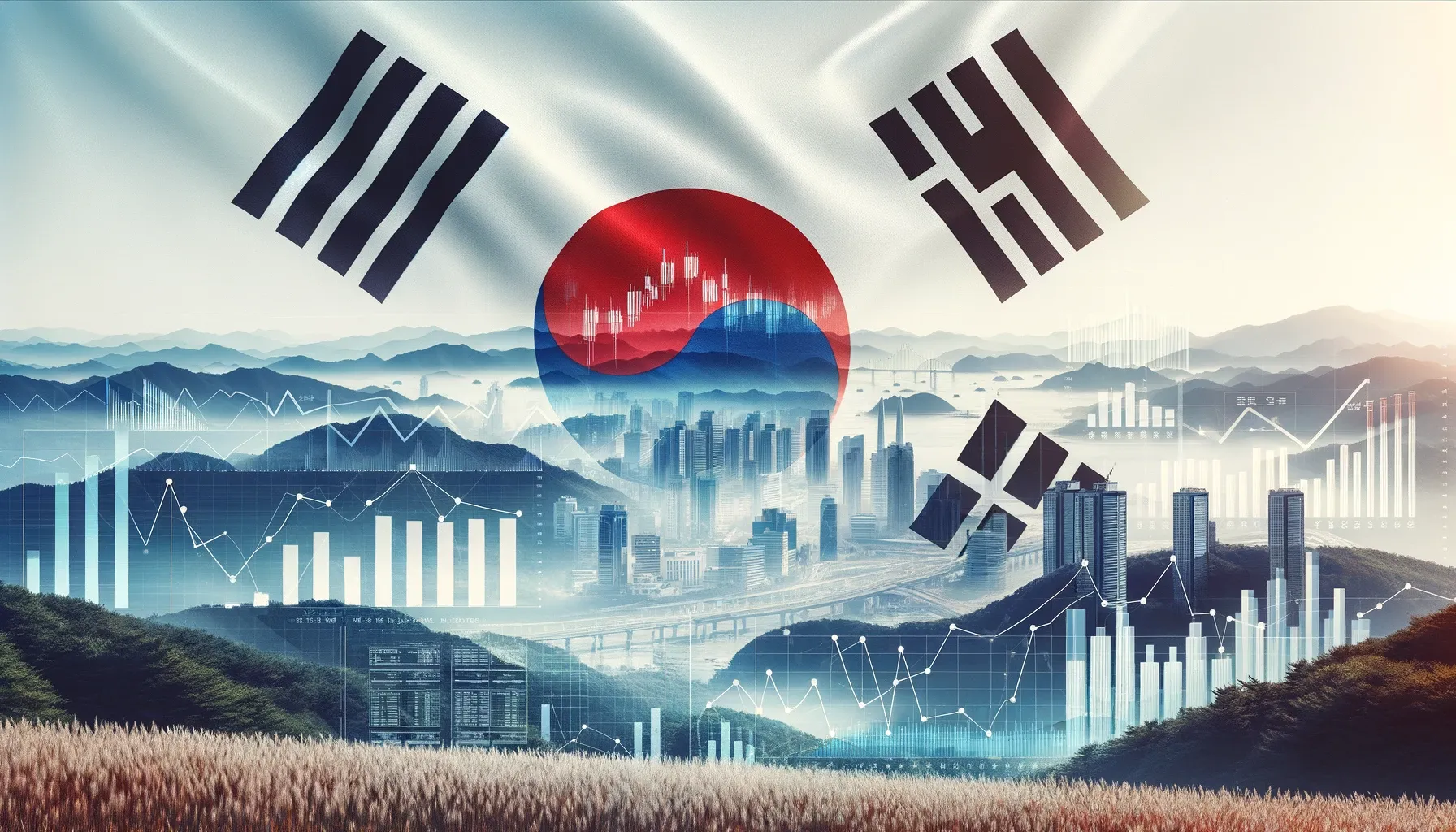
Weaknesses of South Korea
Weaknesses are the shortcomings that a country possesses. Every country has some shortcomings. However, they can be overcome by taking appropriate measures. Let's take a look at the weaknesses of South Korea.
Aging Population
South Korea is one of the countries dealing with the aging population problem. It is predicted that in 2025, 20% of the entire population of South Korea will be people aged above 65 years.
The increasing percentage of the elderly population in South Korea is creating pressure on the country's social welfare system. Moreover, it is also creating pressure on South Korean hospitals.
High Levels of Stress
South Korea has recently emerged as one of the biggest economies. Behind this great achievement, people are working tirelessly. Due to the competitive nature of society, South Koreans have an intense work ethic.
Besides that, tough competition in the educational sector and the job market leads to high stress levels among South Koreans. Due to such high stress levels, the chances of their health deteriorating increase.
Overreliance on Exports
Every country relies on its exports. However, South Korea over-relies on its exports. South Korea's total exports account for 48.26% of its GDP. Such a high percentage of exports makes South Korea more vulnerable to global recessions.
In case of a global recession, the exports of South Korea would decrease. This will significantly impact South Korea's economy, which will suffer badly.
Economic Inequality
Countries constantly take measures to promote economic equality. However, the economic inequality in South Korea is rising. This means the difference between the lifestyles of poor and rich people is increasing at a rapid rate.
Such economic inequality can result in protests, which can deteriorate the law and order of the country. South Korea needs to narrow the gap between the rich and poor by elevating the poor and providing them with opportunities for a sustainable lifestyle.
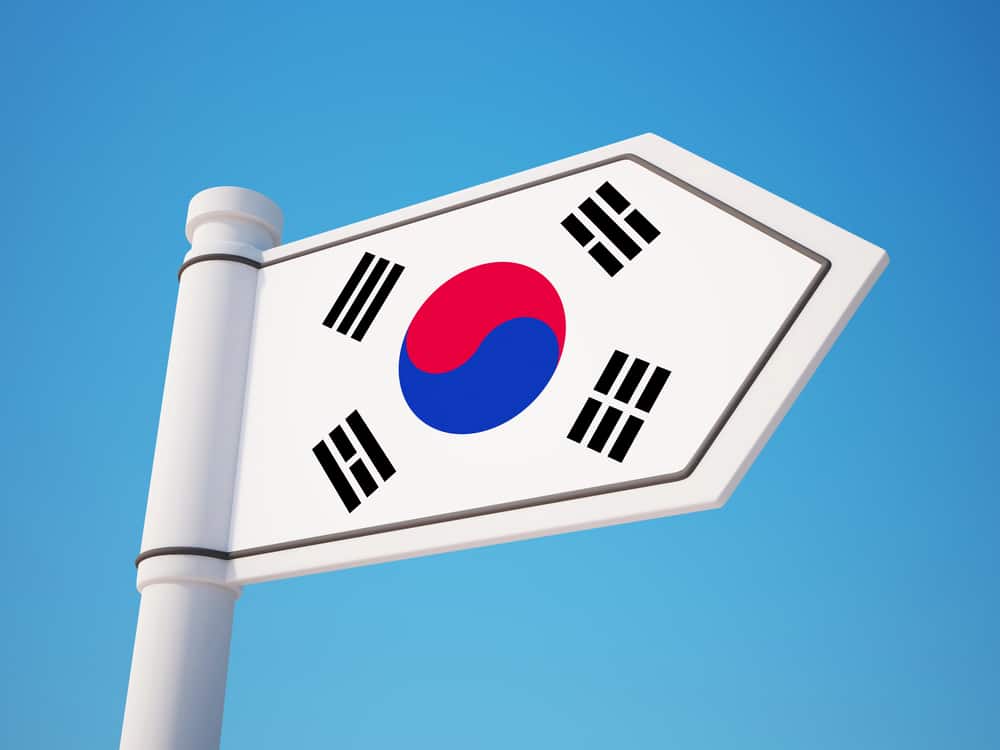
Opportunities Present For South Korea
Every country has the opportunity to excel. Similarly, South Korea also has plenty of opportunities to overcome its weaknesses and succeed. This section highlights opportunities present for South Korea.
Global Trade
Trade is always beneficial for the economy. South Korea exports goods with billions of dollars each year. The major exporting countries of South Korea are China and the US. South Korea relies heavily on these two countries for exports.
South Korea can increase its trading partners, shift its reliance on the US and China, and export more goods to other countries.
Healthcare And Biotechnology
South Korea specializes in manufacturing electronic products and machines. These have been South Korea's major exports as well. The country didn't pay much attention to the healthcare sector initially. Still, now South Korea has an opportunity to develop its healthcare sector.
By doing so, South Korea can export pharmaceutical instruments, machines, and medicines to other countries. Moreover, South Korea can also contribute to research on healthcare and biotechnology.
Focus On The Tourism Industry
Whenever people plan to travel, they always think of Western countries. South Korea is a developed country with a strong culture and heritage. South Korea should focus on developing the tourism industry.
South Korea can attract tourists from all over the globe by advertising its tourist destinations on social media and TV. The inflow of tourists will contribute to the economy by creating employment and bringing foreign exchange to the country.
Global Diplomacy
Global Diplomacy is essential for every country or will be secluded from the global scenario. South Korea needs to work on its global Diplomacy.
It must have good bilateral relationships with every country within and outside the region. South Korea can lobby and become a dominant player in Asia.
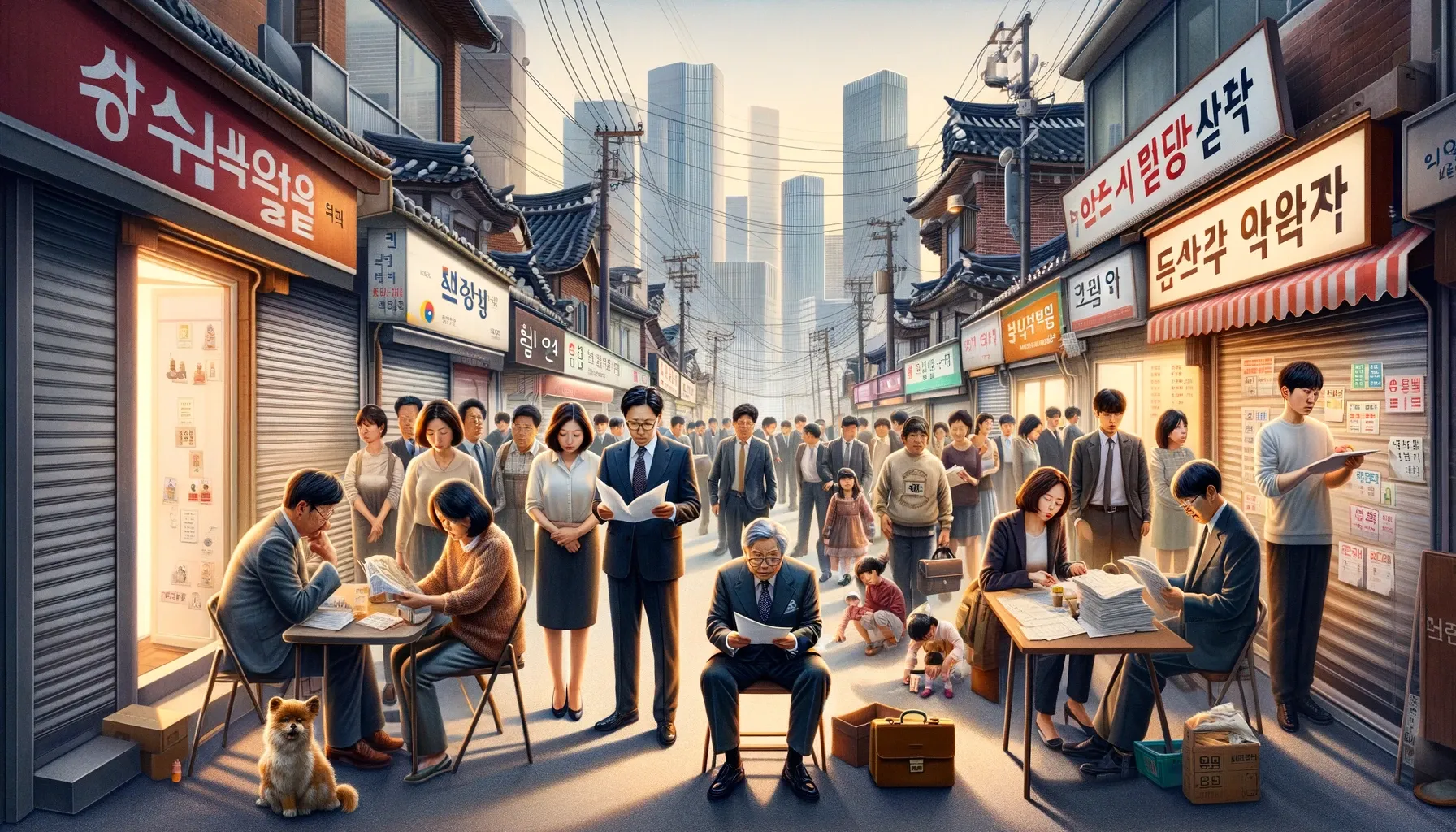
Threats Present For South Korea
Every country has some threats from the external environment. In this section of the SWOT analysis, we will look at the threats to South Korea.
Economic Recession
Economic recession acts as a threat to the economy of South Korea. The country is currently doing pretty well. However, In case of an economic recession, unemployment will prevail in the economy.
Moreover, people's purchasing power will fall during an economic recession, which will cause the economy to slow down. South Korea needs to take measures to prevent an economic recession or minimize the impact of it.
Tension With North Korea
South Korea and North Korea have a strong rivalry. They are not friendly neighbors at all. Previously, North Korea has even tried to invade South Korea. Hence, South Korea must always stay vigilant because North Korea can attack at any time.
Ever since North Korea has become a nuclear power, the danger to South Korea has increased. South Korea needs to strengthen its position politically and militarily to tackle this threat.
Natural Disasters
South Korea has always been a country that is prone to natural disasters. However, the frequency of natural disasters will likely increase due to global warming.
The increased frequency of natural disasters will be a threat to South Korea. The infrastructure and the lives of South Koreans will be at stake. Moreover, if the frequency of natural disasters will increase, tourists will hesitate to visit South Korea.
Cybersecurity Threats
Every country has to pay special attention to its data and prevent hackers from leaking it. South Korea faces threats from state and non-state actors. There is a constant threat of cyberattacks on the South Korean government's and businesses' data.
South Korea has to deploy a skilled cybersecurity team to prevent hackers from stealing the data, or else the country's national security will be at risk.
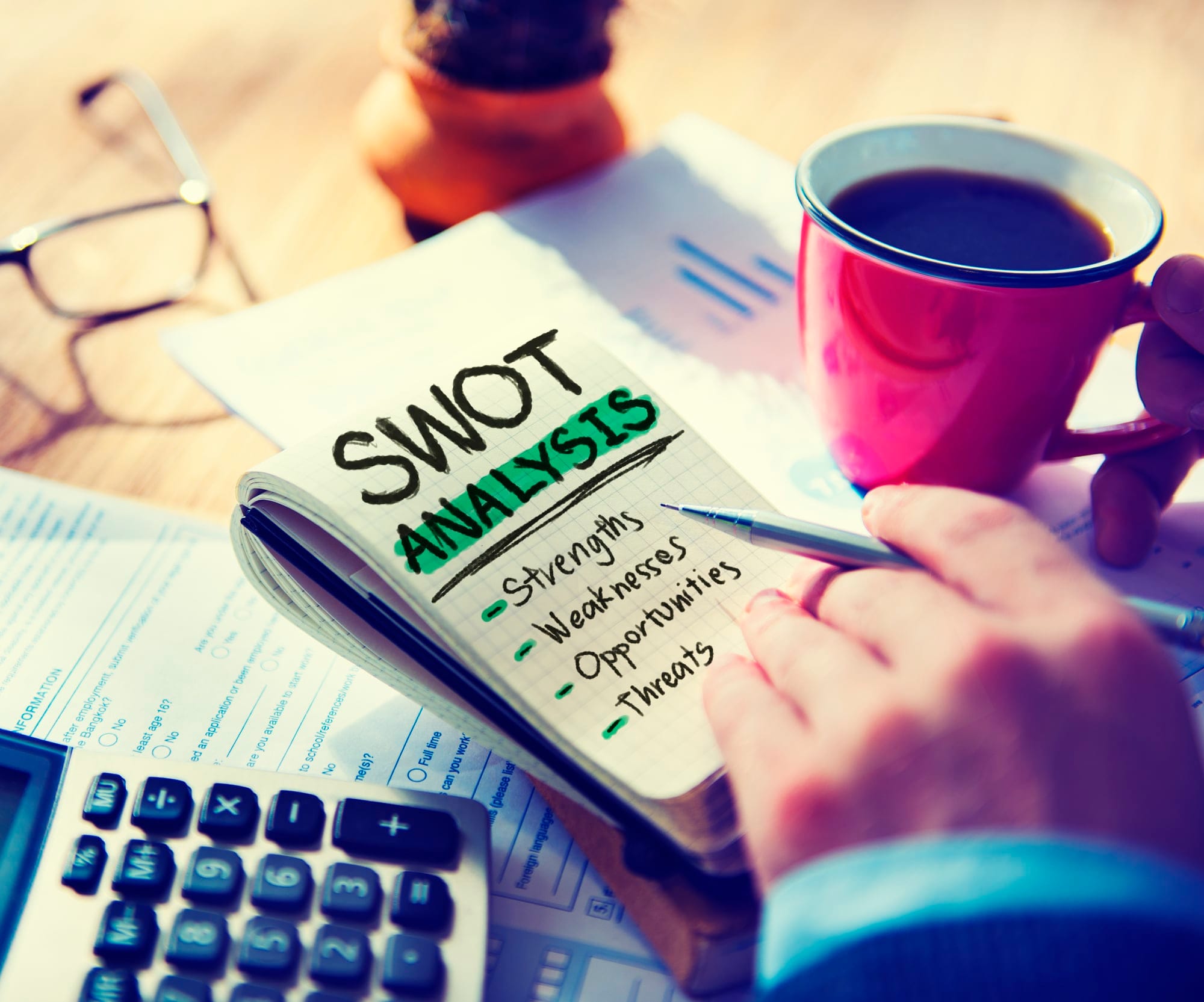
South Korea SWOT Analysis: Final Word
South Korea is one of the most advanced and developed countries. It has emerged on the global scene in recent decades. However, it has a long history that dates back to the prehistoric era.
Korea was ruled by different kingdoms for the first 14 centuries. At the end of the 14th century, Joseon Dynasty took control. The dynasty ruled till the 20th century. A lot of development took place during this period. However, in the early 20th century Japanese invaded Korea.
The era of occupation was tough for Koreans. However, the Japanese occupation ended after Japan surrendered at the end of World War II. In 1948, two Korean governments were formed—one in South Korea and the other in North Korea.
North Korea invaded South Korea in 1950. However, the war stopped in 1953. Since then, South Korea focused on development and industrialization, and now it is one of the most developed and technologically advanced countries.
After discussing the history of South Korea, we proceeded and conducted its SWOT analysis. After reading this article, we are sure that you must have learned how to conduct a SWOT analysis.
We conducted the South Korea SWOT analysis in the form of an essay. However, a more precise way would be to exhibit the findings of this SWOT analysis in the form of a SWOT Matrix. If you enjoyed reading this article and want to know more about SWOT analysis, here are more examples of SWOT analysis.


